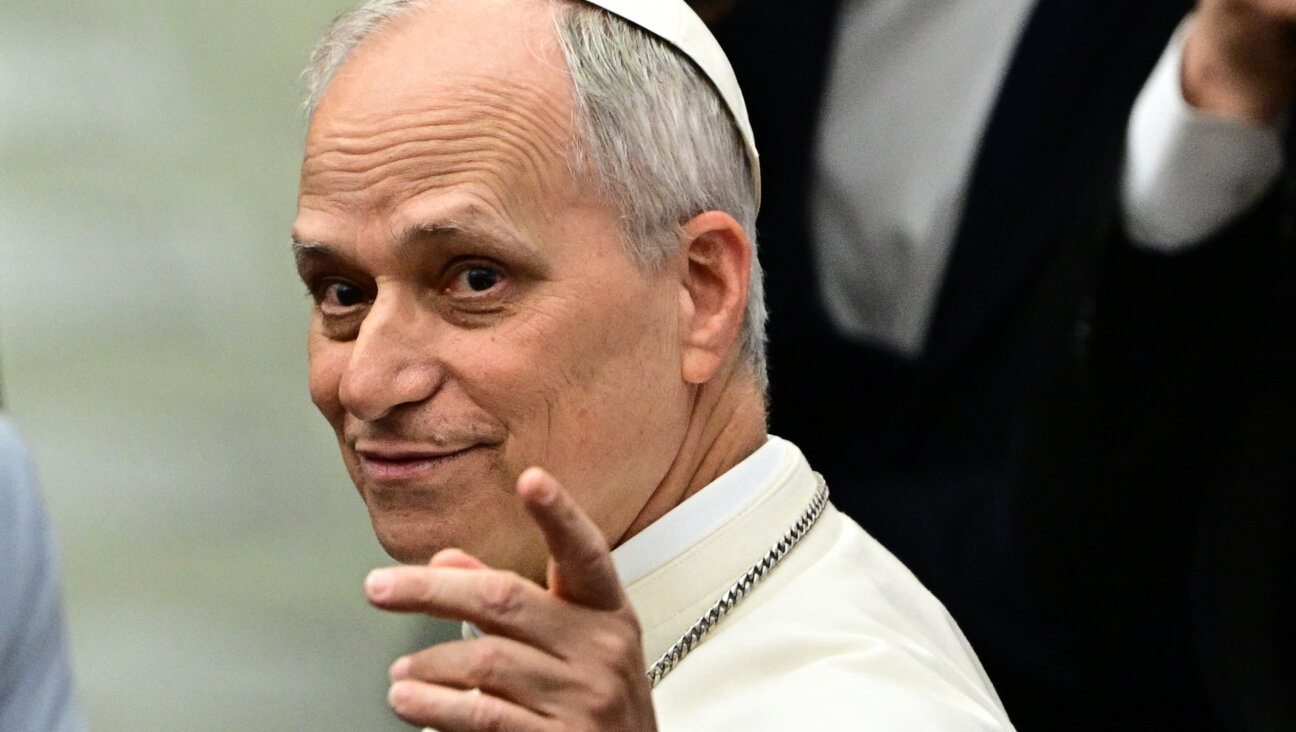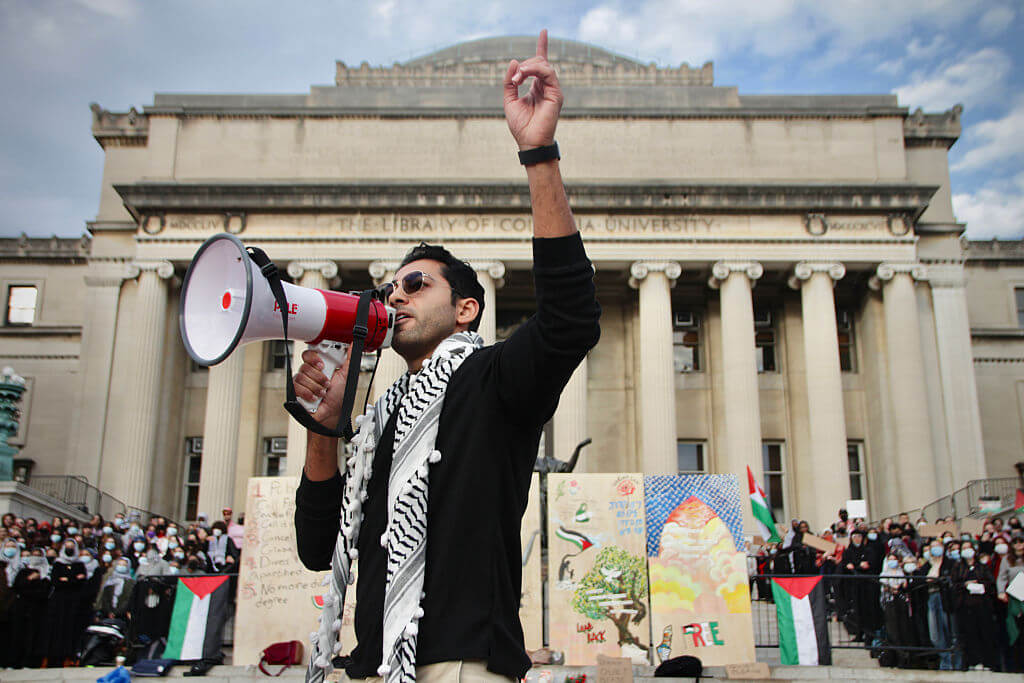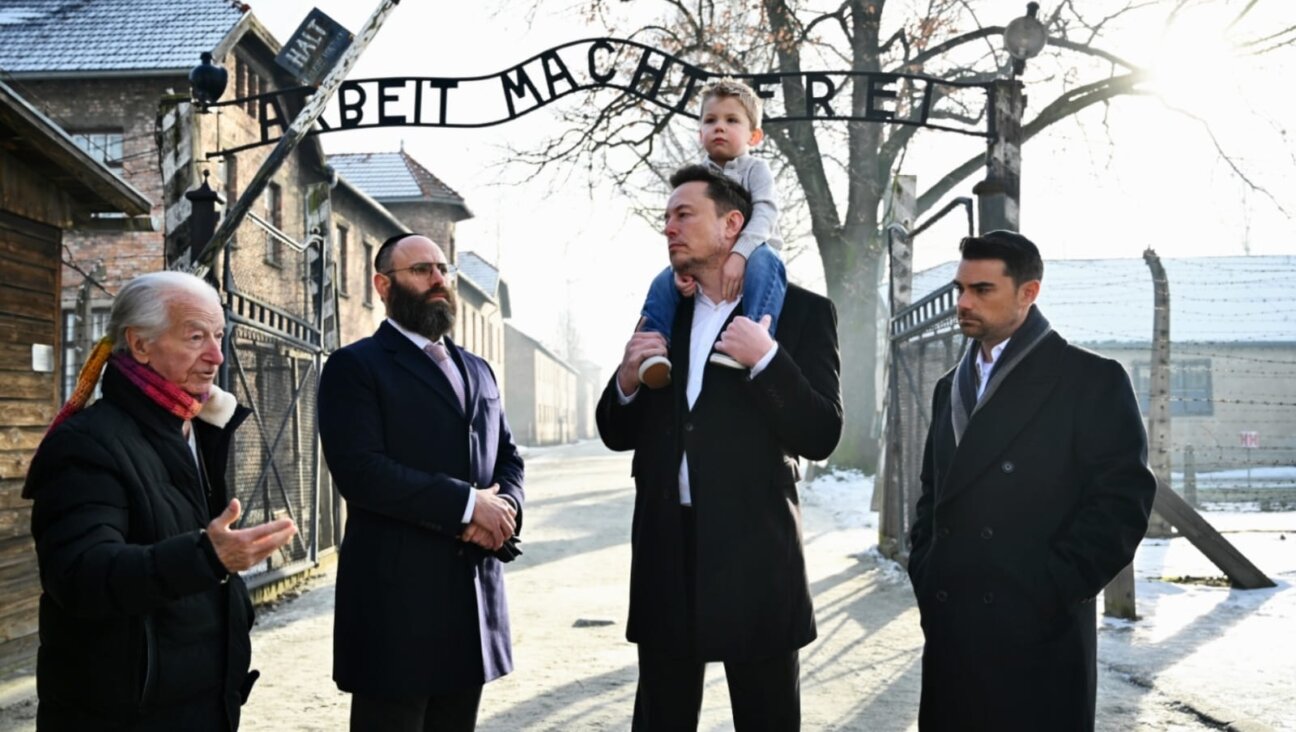Arts & Letters; Agnon, a Borgesian Invention
I have known for quite some time that Jorge Luis Borges (1899-1986) was a philosemite. The Argentine writer was a lover of Franz Kafka’s work, a vocal intellectual against Nazism, a fervent supporter of Israel after the Six Day War and a student of kabbala. He even wished he could read Hebrew. But a chance comment I made in “Ilan Stavans: Eight Conversations” (The University of Wisconsin Press, 2004) by Neal Sokol wound up teaching me something I didn’t know. In the interview, I stated that Borges had never read work by Shmuel Yosef Agnon, the first Hebrew writer to be awarded the Nobel Prize in Literature and one of the central figures in modern Hebrew fiction. The comment prompted a Canadian friend, Carl Rosenberg, editor of Outlook, to correct my ignorance: In addition to the two widely-known lectures that Borges gave in the mid-1960s at the Instituto Cultural Argentino-Israeli in Buenos Aires — one on the Book of Job, the other on Baruch Spinoza — there was a third talk, one that remains virtually forgotten today, even to specialists. Borges delivered “On Sh. Y. Agnon” in 1967, approximately a year after Agnon, along with the German-Jewish poet Nelly Sachs, was awarded the Nobel Prize.
The lecture, which I’ve reconstructed here in English, opens a new vista into Borges’s passion for Jewish letters. Since his death in 1970, Agnon’s reputation has shrunk dramatically. His allusive and elusive style is demanding and his obsession with the breakdown of tradition is deemed too depressing by some. He bridged Yiddish and Hebrew literatures in an astounding way, but those traditions remain alienated from each other. If in the United States his oeuvre is out of fashion, in the Spanish-speaking world he is, and always has been, an absolute stranger. So the fact that Borges was familiar with “Days of Awe,” “Tales of the Baal Shem Tov,” and stories like “Forevermore,” “Ido and Enam” and “The Whole Loaf” is proof of his sagacious, unrestricted, cosmopolitan taste. And what does the Argentine find in Agnon? A favorite device: allegory. In his eyes, the Israeli is the epitome of an itinerant, atemporal memory at the nucleus of Western civilization. His lecture, then, is not only a statement of empathy. It also shows the extent to which — little did we know! — Agnon himself is a Borgesian invention… and vice versa.
— ILAN STAVANS
* * *|
I begin with some considerations that run the risk of appearing digressive but which should take us to the essential theme: the personality and oeuvre of our great contemporary, Shmuel Yosef Agnon. My ignorance of Hebrew — ignorance which I deplore but which it’s late to remedy — has forced me to judge him through “Days of Awe,” about the Jewish liturgical year, and “Contes de Jérusalem.” I’ll limit myself to the astonishment I’ve experienced in these volumes, the latter especially.
Let me ask a simple yet complex question, which is what all questions are: What is a nation? My first reaction is to offer a geographical answer, but it would be insufficient. Instead, let us envision a nation as the series of memories stored at the heart of a people. George Bernard Shaw was once asked: How much suffering is humankind able to bear? His answer was that the suffering of a single individual is enough and is also the limit. In other words, the limit might be an abstraction, although the suffering itself is real. And so, if misery is impossible to measure in collective terms, how might one define a nation?
To me, there isn’t a clearer example of a nation than Israel, whose origins are almost confused with those of the entire world, and which reaches us today after much misery and exile. A nation is made of the accumulated memory of successive generations. In itself, memory is often approached in a couple of ways: as a barren collection of dates, names and locations, and as a catalog of curiosities. But there’s another approach neither endorsed by historians nor by students of folklore: memory as experience incarnated in people. This, precisely, is what I find in Agnon.
“Contes de Jérusalem” ought to be read like one reads Dante: as a series of tales, at once tragic and humorous, and as a set of symbols. Agnon enables us to appreciate ancient Jewish tradition through a game of mirrors. In it he also invites us to recognize the role of chasidism. Unquestionably, the chasidic tales compiled by Martin Buber and, in his early years, by Agnon too, left an indelible imprint on him. For instance, “Ido and Enam,” filled with mystery, is the bizarre tale of a scholar who, in an act of revelation, sees 99 words of an unknown language. Ninety-nine are also the names of God; the Tetragrammaton, which is the hundredth one, is infallible. Indirectly, Agnon recalls in his pages the legend of the Golem, made out of sand by means of words by a kabbalist in Prague’s Jewish quarter.
I shall now refer to “The Whole Loaf,” a story about chance. It reminds me of Kafka, who is part of Jewish memory too. Agnon chronicles the infinite yet minuscule obstacles undergone by its hungry protagonist as he prepares for the Sabbath. Whereas Kafka was about the lack of hope, or else about a hope so remote it generates in us a terrible feeling of desperation, Agnon is patient: He waits because he’s a believer. Indeed, one of the right decisions the Swedish Academy made recently was not to award its Nobel Prize to a writer of sadness and despair. Instead, it honored one who, like Bernard Shaw, also a laureate, is sensitive to tragedy but knows that a joyful conclusion to the human quest isn’t altogether beyond us.
Another story in “Contes de Jérusalem” is about a country that could be any country. This one in particular is punished with a drought marked by an inexorably blue sky. Furthermore, enemies are always on the attack, the earth is barren and rivers are empty. The population is divided into two parties: On one side are the cover-headed, on the other the naked-headed.… The two parties are ready to destroy each other. Yet there’s a single individual who is beyond any affiliation. He furtively leaves the city, praying for God to send a compassionate storm to stop the destruction. When the others find out, they excommunicate him. His sin: not to have alerted the authorities to his wishes. A decision is then made to have everyone build a huge tent for protection from the storm, which must be large enough to cover the entire country. A commission is established to decide what name to give to the tent. Alternative commissions take the responsibility of studying the etymology and orthography of the chosen name. As the population wastes its energy in trivialities, God allows rain to fall — and the barren land is fertilized, just as modern Israel itself was fertilized. I hear a distant echo in Agnon’s story of the Jewish tradition that says that every generation includes a total of 36 just men. By the way, this tradition was studied by Max Brod, Kafka’s friend. Unacquainted with one another, these just men navigate the world and are replaced as soon as they die. Right now their dynasty redeems us.
Israel’s memory is in Agnon — not an erudite but a living memory. He is known through a pseudonym; he didn’t write for his own vanity. Somehow he knew he was the living memory of that admirable people to which, beyond the vicissitudes of blood, we all belong: the people of Israel.
The Forward is free to read, but it isn’t free to produce

I hope you appreciated this article. Before you go, I’d like to ask you to please support the Forward.
Now more than ever, American Jews need independent news they can trust, with reporting driven by truth, not ideology. We serve you, not any ideological agenda.
At a time when other newsrooms are closing or cutting back, the Forward has removed its paywall and invested additional resources to report on the ground from Israel and around the U.S. on the impact of the war, rising antisemitism and polarized discourse.
This is a great time to support independent Jewish journalism you rely on. Make a gift today!
— Rachel Fishman Feddersen, Publisher and CEO
Support our mission to tell the Jewish story fully and fairly.
Most Popular
- 1

Fast Forward Ye debuts ‘Heil Hitler’ music video that includes a sample of a Hitler speech
- 2

Opinion It looks like Israel totally underestimated Trump
- 3

Culture Is Pope Leo Jewish? Ask his distant cousins — like me
- 4

Fast Forward Student suspended for ‘F— the Jews’ video defends himself on antisemitic podcast
In Case You Missed It
-

News In Edan Alexander’s hometown in New Jersey, months of fear and anguish give way to joy and relief
-

Fast Forward What’s next for suspended student who posted ‘F— the Jews’ video? An alt-right media tour
-

Opinion Despite Netanyahu, Edan Alexander is finally free
-

Opinion A judge just released another pro-Palestinian activist. Here’s why that’s good for the Jews
-
Shop the Forward Store
100% of profits support our journalism
Republish This Story
Please read before republishing
We’re happy to make this story available to republish for free, unless it originated with JTA, Haaretz or another publication (as indicated on the article) and as long as you follow our guidelines.
You must comply with the following:
- Credit the Forward
- Retain our pixel
- Preserve our canonical link in Google search
- Add a noindex tag in Google search
See our full guidelines for more information, and this guide for detail about canonical URLs.
To republish, copy the HTML by clicking on the yellow button to the right; it includes our tracking pixel, all paragraph styles and hyperlinks, the author byline and credit to the Forward. It does not include images; to avoid copyright violations, you must add them manually, following our guidelines. Please email us at [email protected], subject line “republish,” with any questions or to let us know what stories you’re picking up.














